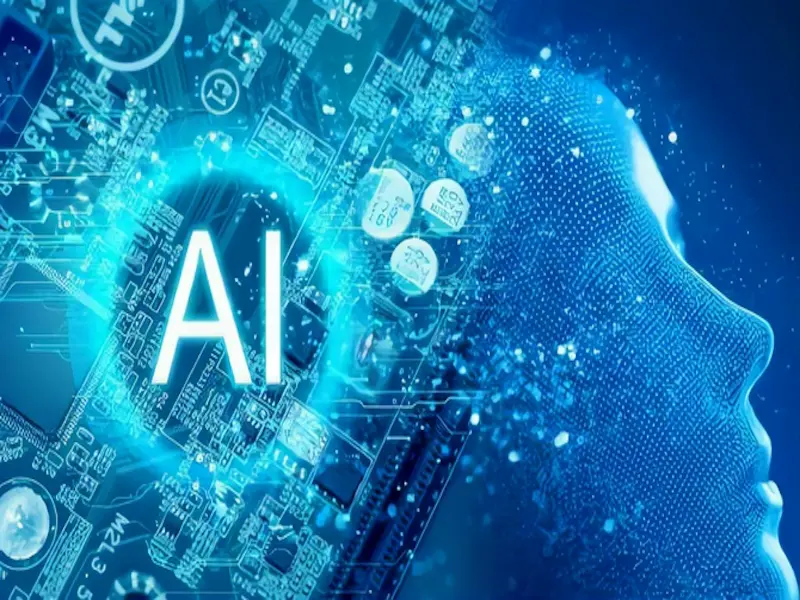- AI can generate impressive art, but it lacks the emotional depth and intention that drive human creativity.
- AI won’t replace artists but can enhance creativity, helping with idea generation and inspiration.
As artificial intelligence advances rapidly, one question grows more urgent: can machines truly be creative? AI already achieves impressive feats, such as writing poetry, composing music, and generating visual art. However, the debate over whether machines can achieve genuine creativity continues to spark both fascination and scepticism. To understand this, we must separate creative output from creative thinking and consider whether AI can ever replicate human-like imagination.
The evolution of AI creativity so far
AI systems are already producing works that appear strikingly original. OpenAI’s GPT-4 can write compelling essays, generate jokes, and find innovative solutions to problems. Tools like DALL·E and MidJourney can create stunning images from text prompts. These creations often resemble those made by humans and, in some cases, even exceed the technical skill of human artists or writers.
But creativity isn’t just about making something new or visually pleasing. Human creativity is deeply rooted in experience, emotions, and intuition—qualities that AI still lacks. Today’s creative AI tools are powerful, but they mainly mimic creativity by drawing on patterns in vast datasets. These machines have no intrinsic goals or desires. They don’t have personal experiences. Their “creations” come from statistical correlations, not from a deliberate or conscious act of innovation.
Also read: AI and artists: Are they working together now?
Can machines ever be truly creative?
To determine if AI could ever be truly creative, we first need to define creativity. Many experts agree it’s more than just combining existing ideas in new ways. It also requires originality, imagination, and a sense of purpose or intention. Some argue that true creativity is inherently human, shaped by our emotions, desires, and social context.
AI systems like GPT-4 can generate new combinations of ideas, but their “creations” are limited by the data they’ve been trained on. These systems don’t understand context, culture, or meaning the way humans do. For example, a machine might generate a visually striking piece of art, but it won’t grasp the cultural significance of colour or form. It has no personal connection to the work. In this way, AI-generated creativity differs from human creativity because it lacks subjective experience.
Human creativity often arises from a desire to solve a problem or express an emotion. Artists create with intention, often influenced by their personal experiences and feelings. AI, however, operates without motivation or intent. It cannot feel joy, sadness, or frustration—the emotional forces that fuel human creativity. While AI can mimic these emotional expressions through patterns, it lacks the authentic experience that gives human creativity its depth.
Also read: UMG’s partnership with KLAY raises questions over AI in music
AI as a collaborative tool for creators
That said, AI could play a significant role in the future of creativity—just not in the same way humans do. AI may not create art with intention or emotion, but it could become a valuable tool for human creators. Artists, musicians, and writers are already using AI as a collaborative partner to boost their creativity. AI can suggest ideas, generate drafts, and inspire new concepts that artists can refine and interpret.
In fact, AI could help democratise creativity, enabling those without formal artistic training to express themselves in new ways. For example, someone with no musical background could use AI tools to create complex compositions. A writer could use AI to brainstorm plot ideas or refine dialogue.
Ultimately, AI’s role in creativity might not be to replace human artists but to enhance human potential. While machines may never fully replicate the emotional depth of human creativity, they could become powerful allies in our creative endeavours.
The future of AI and creativity
AI has made great strides in producing creative works, but the question of whether machines can be truly creative remains unanswered. Creativity, in its purest form, is likely a uniquely human trait, rooted in consciousness, experience, and emotion. That said, AI has huge potential to assist, inspire, and enhance human creativity. As we explore the intersection of AI and creativity, we may find that the future of art and innovation is less about machines competing with humans and more about humans and machines collaborating to create something greater than the sum of their parts.

